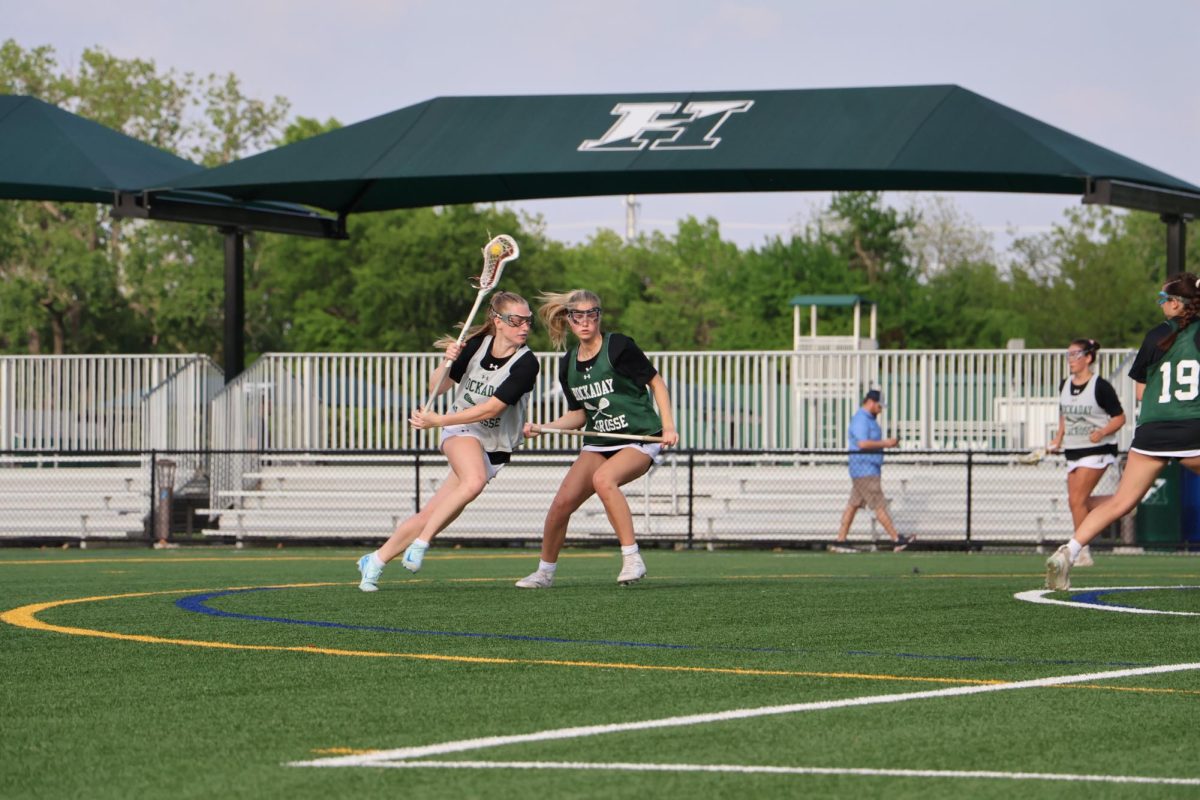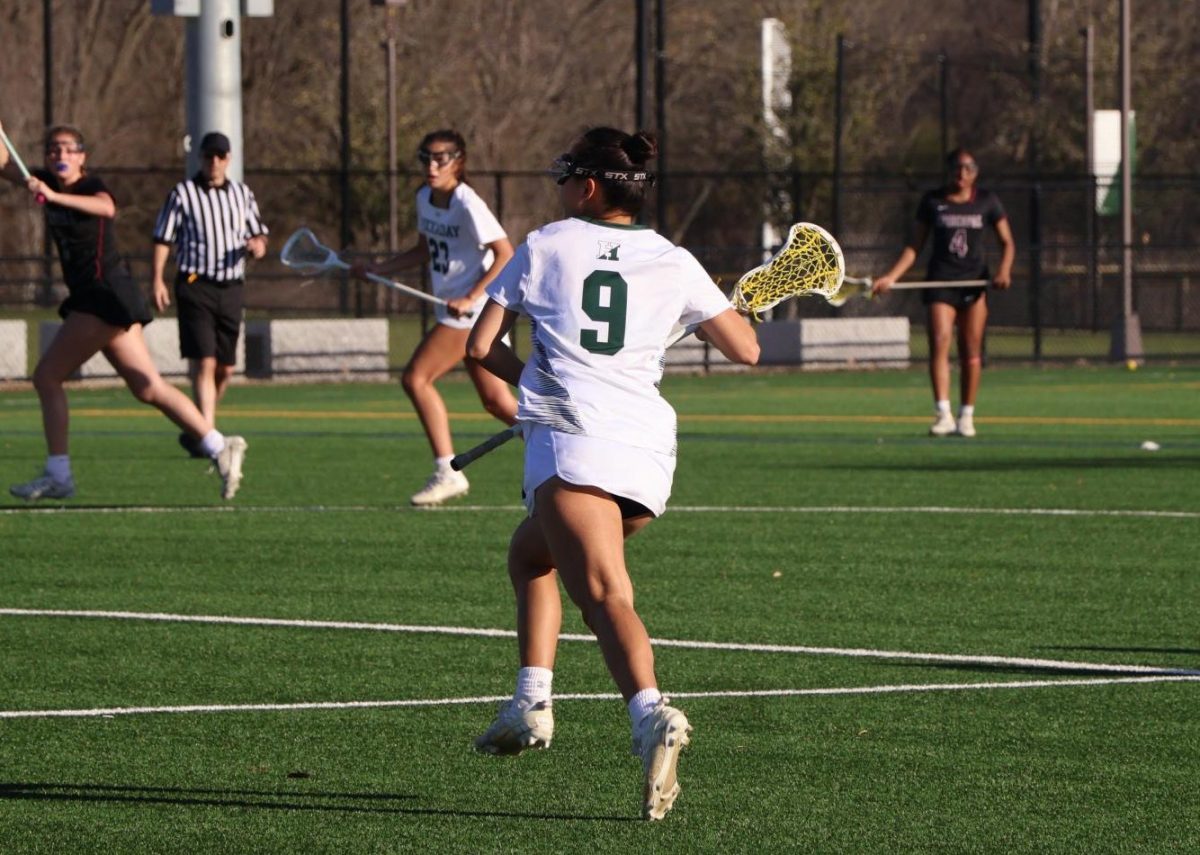Squinting to escape the bright lights shining directly into her eyes, junior Trinity Thomas found herself lying flat on her back, trapped in a hot, cramped room. Struggling to deal with a pinching discomfort in her ankle as strong, masculine hands inserted needles into her skin, she clenched her jaw in pain as several jolts of electricity pulsed through her leg.
A few months after spraining her ankle last September, Thomas, a member of the Dallas Texans Soccer Club and Harvard soccer commit, tried electroacupuncture for the first time in an attempt to speed up the recovery process so she could jump back into her daily soccer routine.
Thomas and other athletes recovering from injuries or exhausted after hours of training look for ways to relieve pain by experimenting with recovery treatments.
Acupuncture, a fairly popular treatment, originated in China around 6000 BCE. According to the Abiding Spirit Center, acupuncturists use needles as thin as a strand of hair to stimulate points in the body and balance the circulation of energy in an attempt to improve the body’s natural healing ability.
Specifically, electroacupuncture, which is similar to traditional acupuncture, stimulates points on the body with needles connected to a device that generates electricity.
“The flow of electricity is painful because it makes your legs twitch, but it really reduced the amount of pain I was feeling in my ankle,” Thomas said.
However, acupuncture is not the only way athletes relieve their muscles of different stressors. Submerging themselves in freezing temperatures, some athletes prefer to take ice baths.
Head athletic trainer Jeanne Olson said that throughout the year many athletes request ice baths despite the temporary discomfort they may feel from the cold.
“The purpose of ice baths is to cool the muscles down more rapidly and more evenly,” Olson said. “With an ice bath you get more of the muscle then you would by just wrapping an ice bag on a body part. It’s more intense, and it gets deeper into the muscle.”
Junior Claire Jurgensmeyer, who plays varsity volleyball, enjoys taking ice baths after intense volleyball practices that include burpees, jump rope conditioning and team scrimmages.
“I like ice baths because it relaxes all of your muscles at the same time, and even though it feels awful at the time, it feels great afterwards,” Jurgensmeyer said.
But ice baths are not for everyone. Thomas feels the results can be inconsistent.
“My coach always advises me to take ice baths after our games,” she said. “But I don’t like ice baths because sometimes they work, and sometimes they don’t.”
In fact, according to The Conversation, an independent source of news and views, ice baths have only been proven to provide short-term benefits. Athletes that are searching for long-term results turn to cryotherapy.
Cryo Body Works, a cryotherapy center in Austin, Texas, instructs people to stand in their cryosauna for three minutes or less, exposing their body to cold vapor that decreases the temperature in the chamber to about 240 degrees Fahrenheit below zero.
Junior Audrey Magnuson, dancer for the Dallas Youth Repertory Project and varsity field hockey player, recently tried cryotherapy and was shocked by the long-term results.
“Afterwards, my muscles felt really loose and relaxed and any sort of tension that I was holding in specific places seemed to be gone,” she said.
Despite the benefits of many of these treatments, some athletes choose to recover with simpler methods. Sophomore Adoette Vaughan, varsity track and cross country member, does not use a specific treatment to recover from her constant training and she has never suffered from an injury.
“I don’t really do much to recover except running on the grass which really helps because it prevents stress fractures,” Vaughan said.
It is important that athletes choose a method that works best for them because failing to maintain a healthy body results in injuries and a decline in overall performance.
“After years of participating in team sports, I have realized that the best athletes make it a priority to take care of their bodies,” Jurgensmeyer said. “These athletes are the most successful when it comes to achieving their goals in an individual and team setting.”
– Amelia Brown – Asst. Sports and Health Editor –



